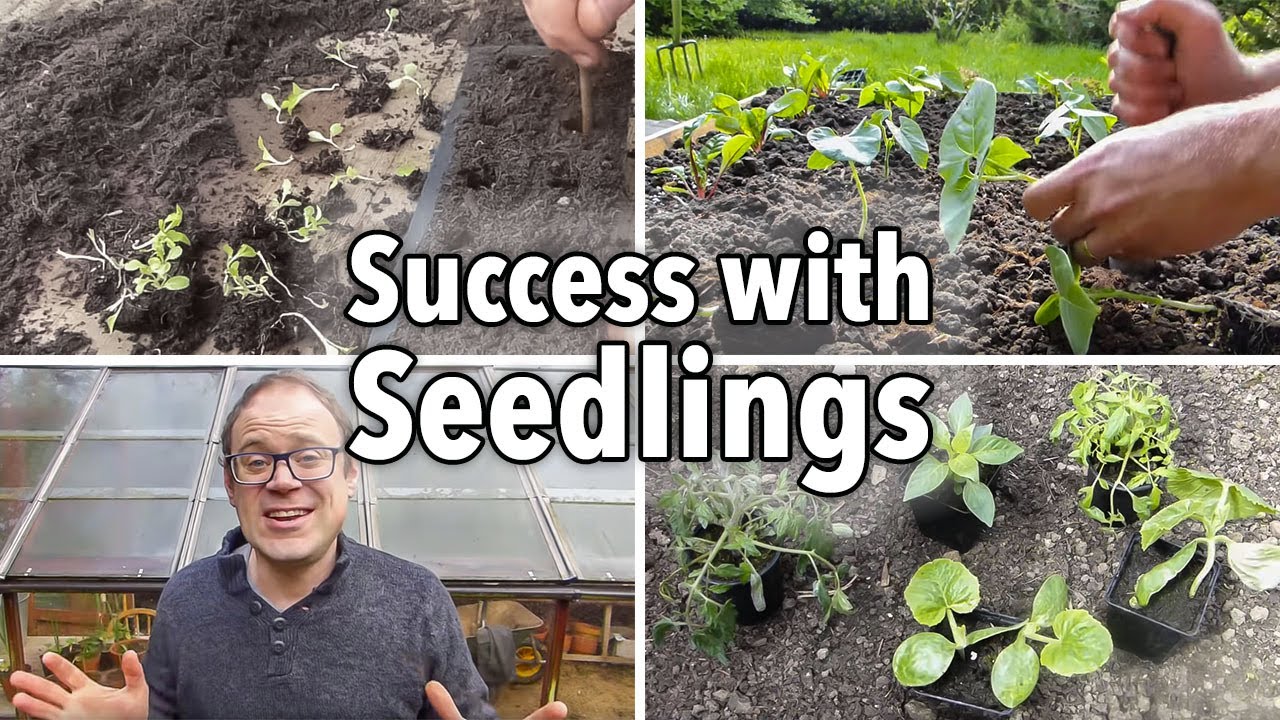Your cart is currently empty!

Tips For Starting Plants From Seeds

When it comes to gardening, one of the best ways to get a head start is by starting plants from seeds. Whether you’re looking to grow vegetables, flowers or even fruit trees, it’s important to know the right way to do this.
With these simple tips, you can ensure your seedlings have the best start possible. Sow your seeds six to eight weeks before your last frost date, then transplant them outside when they’re ready to go!
1. Sow Seeds in the Right Place
Planting seeds is an easy and rewarding way to get a head start on your garden. It saves you the hassle of digging up a whole bed and planting individual plants individually, and allows you to see your seeds transform into full-grown plants.
When starting plants from seed, you can choose to sow them directly outdoors (direct sow) or start them indoors in a seedling tray and then transplant them outside when the weather is right. Direct sowing is often more suitable for vegetables with larger seeds, such as peas and beans.
Whether you decide to start plants indoors or direct sow them outdoors, it’s important to keep the soil well moist. Nothing is more detrimental to seed germination than letting the soil dry out.
2. Keep Seeds Moisturized
Seeds need to be moist when they germinate, and if they don’t get enough moisture, they can develop damping off disease. This fungus quickly kills seedlings and makes them less likely to thrive.
You can keep seeds moist in a number of ways. One is to cover a freshly sown container with plastic wrap and check it daily for moisture and germination.
Another is to stratify your seeds. This means storing them for varying periods at warm or cool temperatures, simulating the natural climate required to grow plants outdoors in summer and fall.
Stratification can be done naturally by planting directly outdoors in the fall or winter, or it can be achieved artificially by placing seeds in a moist soil mix (such as sand or peat) and letting them sit for a few months before you start them.
3. Keep Seedlings Well Watered
Seedlings need to be watered in a consistent manner throughout the growth cycle. They rely on surface water for initial germination, but their roots need deeper water to thrive.
If the soil is not moist enough, it can encourage mold. Use a mister or turkey baster to water seeds as needed, but never overwater.
Once seedlings have developed one or more sets of true leaves, they need to be fed with a balanced liquid fertilizer at a rate that will not burn the root system. Look for a 1-2-1 N-P-K ratio on the label to ensure the best results.
Then, as soon as the true leaves have grown, you’re ready to transition to a weekly half-strength organic fertilizer regimen. This will replenish the nutrients lost from the endosperm during initial germination.
4. Keep Seedlings Well Fertilized
If you want to see your seedlings grow into strong, healthy plants, you need to give them plenty of fertilizer. A good water-soluble fertilizer, diluted to one-half the normal strength, is best for young seedlings.
When your seedlings have developed their first set of true leaves, you can start feeding them a light application of fertilizer. Choose a water-soluble, low-nitrogen fertilizer like liquid seaweed or fish emulsion.
When your seedlings have grown sufficiently, you can transplant them to larger pots. Transplanting can be a bit tricky, but it helps to know exactly what to do so your seedlings aren’t injured in the process.
5. Give Seedlings Plenty of Light
Seedlings need a lot of light in order to grow strong, robust plants. Generally, this means at least 12 to 16 hours of light a day.
The best way to achieve this is by using a grow light. These can be relatively inexpensive and are available at garden supply stores.
A good grow light should have a full spectrum of blue and red light, which is what seedlings need at this early stage. You should also make sure that the light can be positioned to be raised and lowered as the seedlings grow.
If your seedlings are not getting enough light, they may not produce chlorophyll (green pigment that is important for photosynthesis), become “leggy” or stretch tall and thin toward the light source, or drop leaves or flowers.
by
Tags: